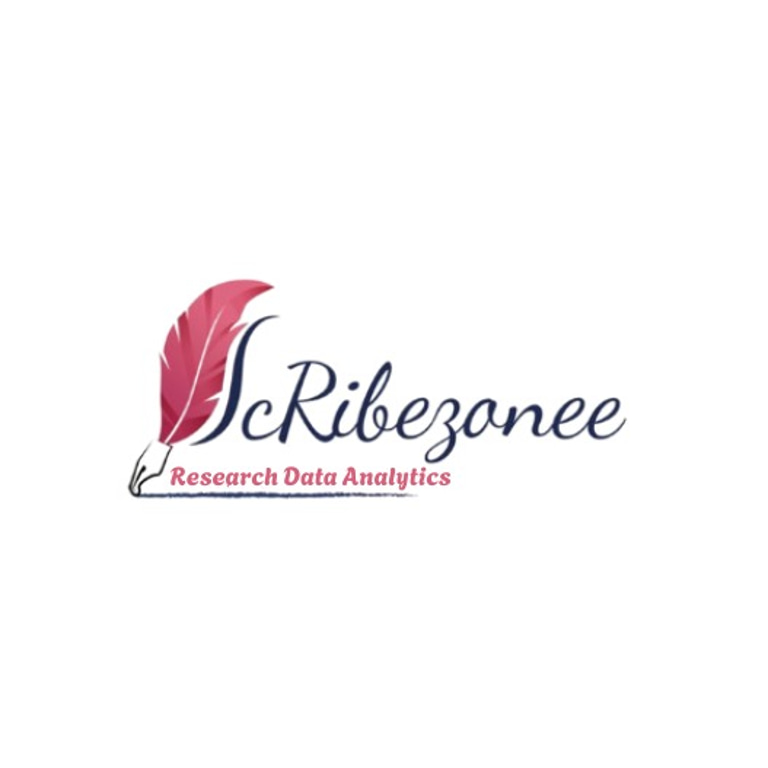10 tips when unlocking AI for R&D
ScRibezonee
8/30/20242 min read


Unlocking AI for Research and Development (R&D) can be a transformative process. Here are ten tips to consider:
Define Clear Objectives: Clearly outline the goals you want to achieve with AI in your R&D efforts. Whether it's accelerating experimentation, discovering patterns, or optimizing processes, having a clear vision is essential.
Data Quality Matters: Ensure that your data is clean, relevant, and of high quality. AI models heavily rely on data, and the quality of your results will be directly impacted by the quality of your data.
Interdisciplinary Collaboration: Foster collaboration between AI experts and domain specialists. Bringing together diverse expertise ensures that AI solutions are tailored to the specific needs and challenges of your R&D domain.
Experimentation and Prototyping: Encourage a culture of experimentation and rapid prototyping. AI in R&D often involves exploring new methodologies and approaches, and a willingness to iterate quickly is crucial for success.
Ethical Considerations: Pay close attention to ethical considerations surrounding AI in R&D, including data privacy, bias mitigation, and transparency. Ensuring ethical AI practices from the outset is essential for building trust and credibility.
Continuous Learning: AI technologies evolve rapidly, so it's essential to invest in continuous learning and development for your AI team. Stay updated on the latest advancements, techniques, and best practices in AI relevant to R&D.
Scalability and Reproducibility: Design AI solutions with scalability and reproducibility in mind. Ensure that your AI workflows and models can be easily scaled to handle larger datasets and replicated across different R&D projects.
Human-AI Collaboration: Emphasize the role of humans in the loop when deploying AI in R&D. While AI can automate many tasks, human expertise is still invaluable for interpreting results, providing context, and guiding the direction of research.
Risk Management: Identify and mitigate potential risks associated with AI implementation in R&D, such as technical challenges, regulatory compliance, and security concerns. Develop robust risk management strategies to address these challenges proactively.
Measuring Impact: Define metrics to measure the impact of AI on your R&D efforts effectively. Whether it's improved efficiency, faster time to market, or breakthrough discoveries, quantifying the benefits of AI can help justify investments and guide future initiatives.
By following these tips, you can unlock the full potential of AI in your R&D endeavors, driving innovation and accelerating the pace of discovery.

